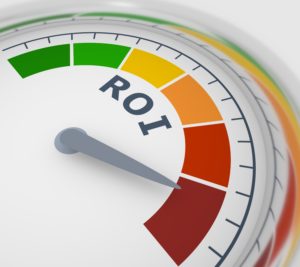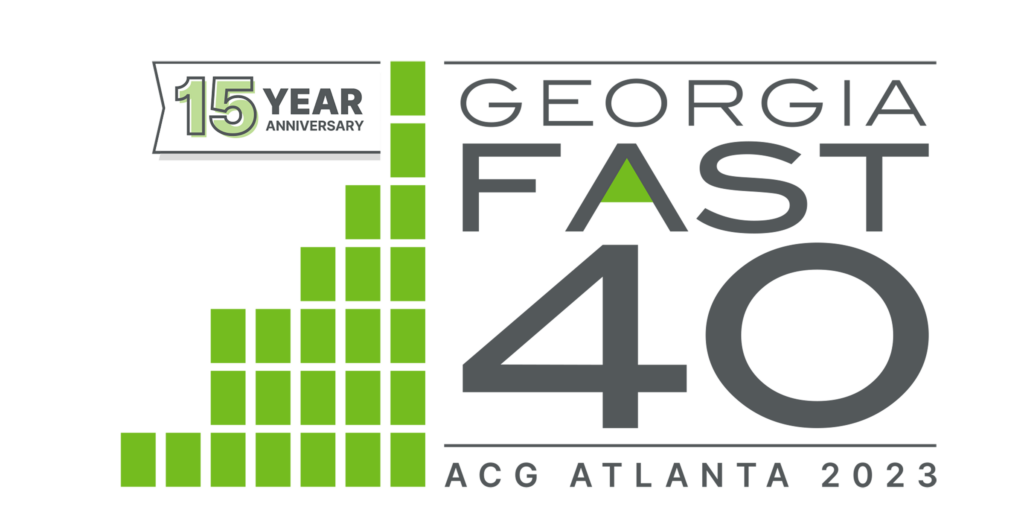Delayed recognition of discrepancies in book-to-physical records makes it challenging to plan your company’s fuel budget. Are you accurately measuring your fleet’s usage? An untracked gallon here or there can add up quickly. Unfortunately, many fuel providers leave room for error. If book-to-physical reconciliations are not completed in a timely manner by your consigned fuel program provider, you could end up getting a massive bill for unpaid fuel down the line.
The solution is automated true-ups, which account for any discrepancies and helps you more accurately track and budget your fuel expenses. Here’s how it works.
What is a Reconciling True Up?
Gasoline and diesel are both liquids. As such, they expand and contract based upon changes in temperature and gravity. Unlike a retail store, the pumps in your backyard are not subject to state inspectors for accuracy. Therefore, a gallon recorded by the pulsar in your dispenser may be close to a gallon but not quite a gallon. Your tank gauge installed in 1998 may not be as accurate today as it was in season five of “Friends.” Also, sometimes your dispenser may be put into “manual mode” where transactions are not recorded by the fuel controller. These are just a few of the reasons why inventory true-ups are necessary in consigned fuel program.
A true-up is a reconciliation of what’s in the tank and what should be in the tank after accounting for deliveries and recorded usage. If your driver’s fuel is at multiple distribution centers, you may want to allocate costs to the domicile of the truck and not where the truck is fueled. That’s the appeal of consigned fuel, which gives your drivers access to multiple fueling facilities while keeping the accounting clean.
However, this can make transaction record-keeping difficult. If you can’t clearly track which fuel-ups align with usage, you could be underestimating your fuel needs. Worse, any mismatch between tank gauge readings and fuel-ups could lead to unexpected bills from your fuel provider.
What goes into the tank has to be what comes out of the tank, and that’s what a true-up is designed to do. Manually performing true-ups, though, is time-consuming and prone to error and often results in invoice delays. Automation is crucial to correctly track tanks — and therefore facilitate an accurate budget.
How Automated True Ups Work in a Consigned Fuel Program
Automated true-ups collect all fueling records on a digital platform, where fuel inventory and deliveries can be instantly logged. The platform then automatically calculates fuel usage and compares it to recorded transactions. The resulting number is the true-up. The formula looks like this:
Beginning inventory (per the tank gauge) + Deliveries – Ending Inventory = Usage
Usage – Recorded Transactions = True-up
All these numbers are recorded in the fuel management platform to help fleet managers more accurately track their fuel expenses — and avoid any surprise bills. This greater transparency, combined with automated calculations, lowers the risk of error and allows you to better plan your fuel budget.
Conclusion: Automated True Ups Solve the Problem of Mistracked Fuel-Ups
Especially in this era of high fuel prices, it’s crucial to minimize any risk of inaccurate recordkeeping. Discrepancies in fuel inventory, usage, and transactions can be costly. While the consigned fuel model can help avoid these issues (and save fleet managers on fuel expenses), there’s still a need for true-ups. Automating this process further reduces the risk of error and helps you better plan your fuel budget.
At Diversified Energy Supply, we’re committed to making fuel management as transparent, streamlined, and budget-efficient as possible in our consigned fuel program. Automated true-ups are just one of our many solutions to help you save money and accurately track your fuel expenses. Learn more about our Consigned Fuel program.








